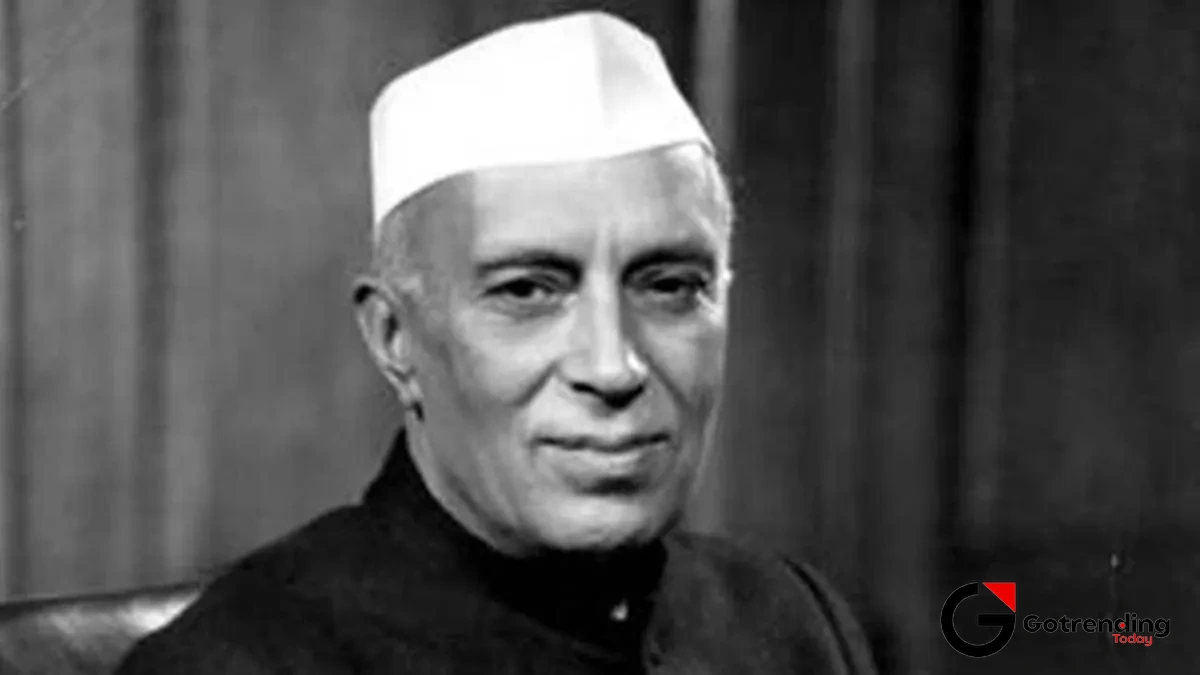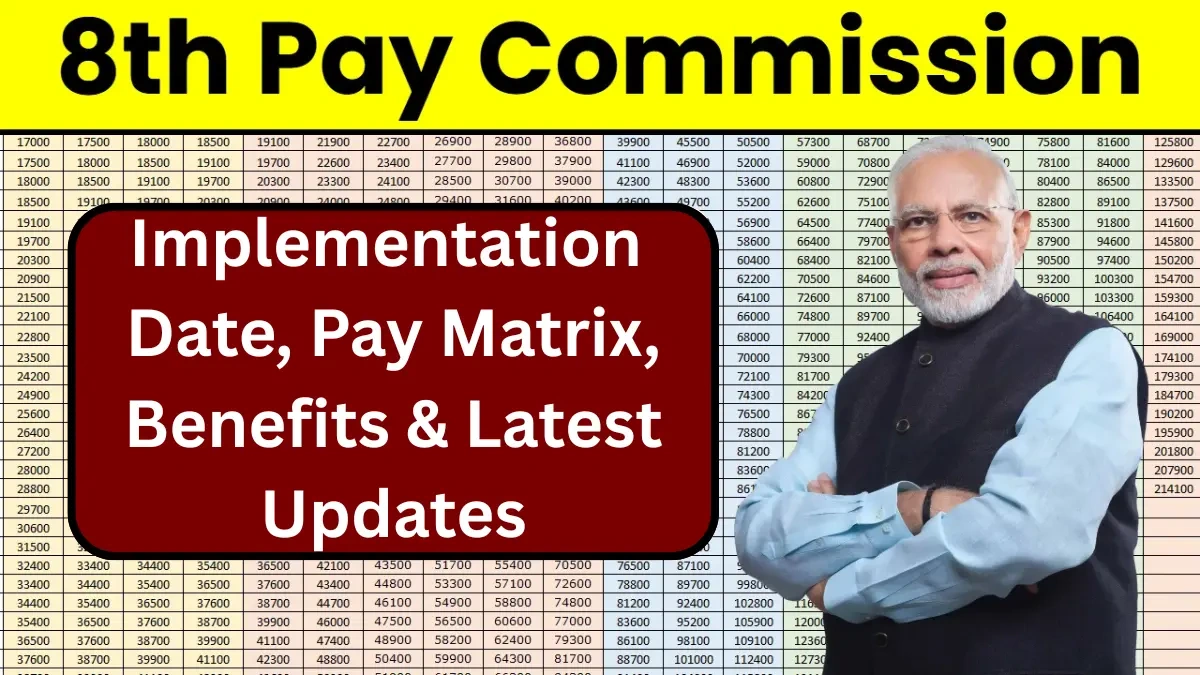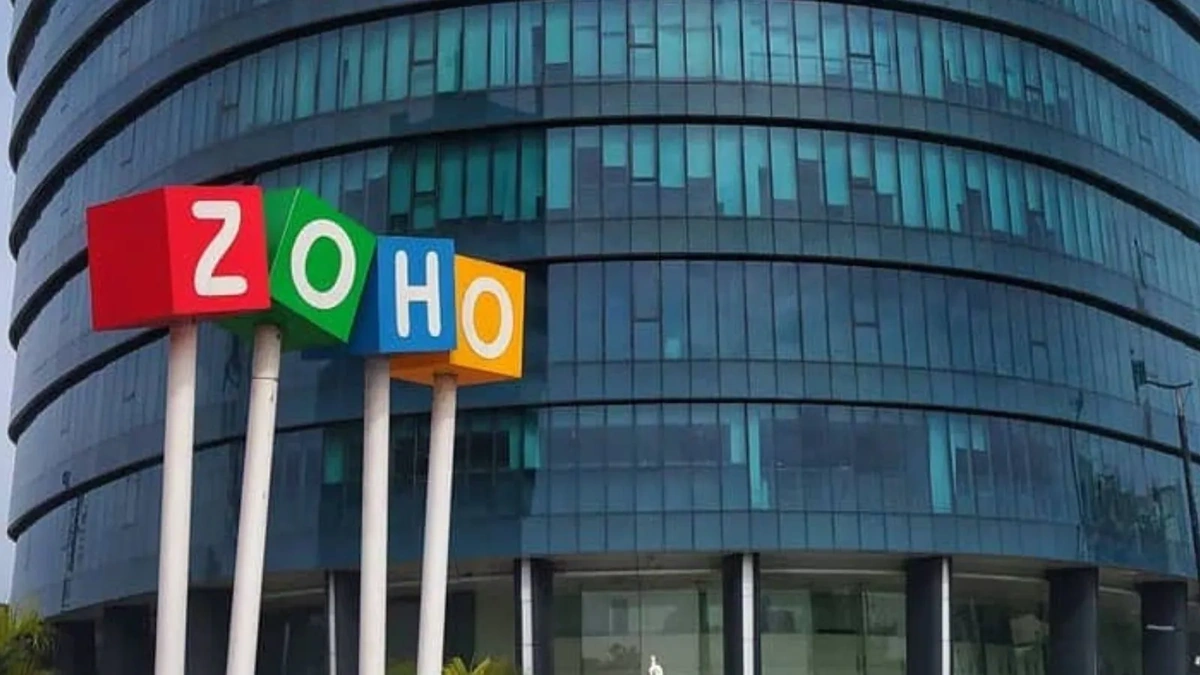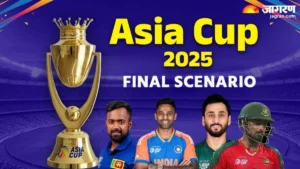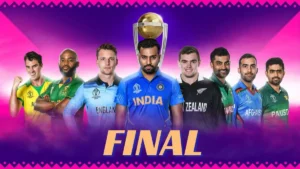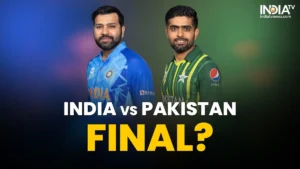Beyond the Rose | Trying to Understand Jawaharlal Nehru in Modern India
You can’t really escape Jawaharlal Nehru in India, can you? Even today, decades after his time, his name is a battleground. For some, he’s the visionary architect of modern India, the man who held a fractured nation together with sheer will and idealism. For others, he’s the source of all our problems, the man who set us on the wrong path. It’s exhausting, really.
I find myself caught in the middle. Growing up in the 90s, he was just ‘Chacha Nehru’, the benevolent old man with a rose on his coat who loved children. Simple. Clean. But the older you get, the more you read, the more you realise that simple, clean narratives are almost always wrong. The truth about Nehru is a messy, fascinating, and deeply complicated tapestry.
And that’s where the real story is. Not in the political shouting matches, but in trying to understand the man himself. A man of profound contradictions. An aristocrat who championed socialism. A Western-educated intellectual who wrote one of the most moving love letters to his country, The Discovery of India . A dreamer who had to be a ruthless politician. How do you even begin to square all that?
The Man in the Achkan, Educated at Harrow
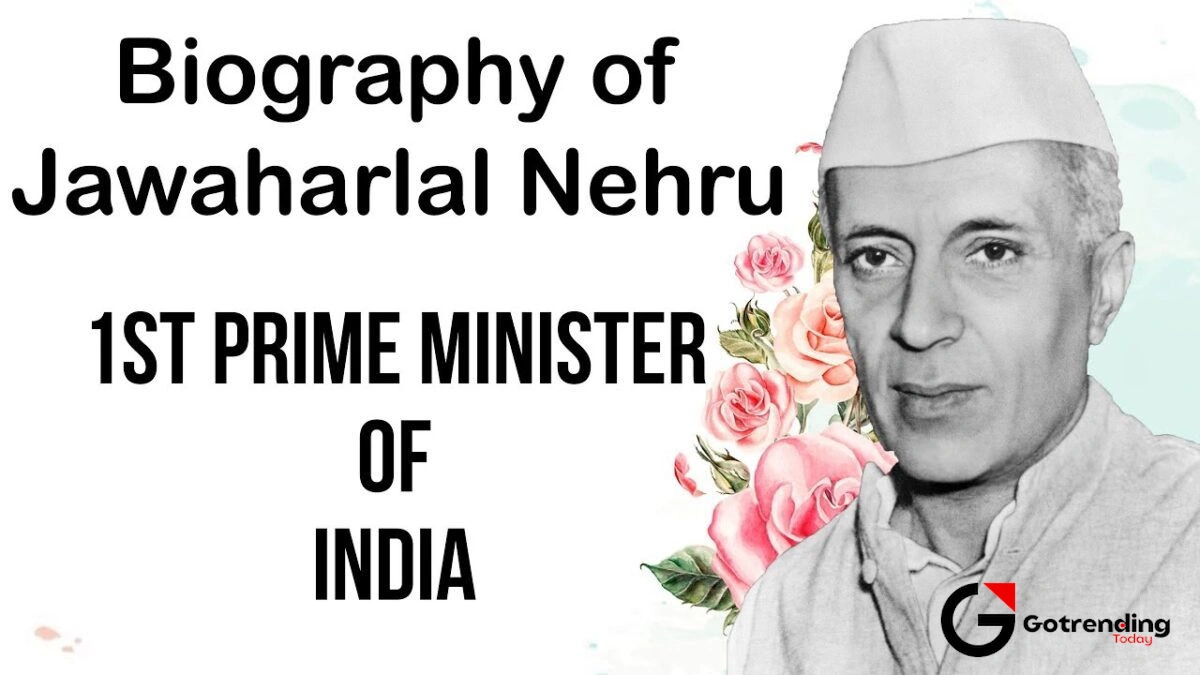
Here’s something I think we often forget: Jawaharlal Nehru was, in many ways, an outsider in his own country. Think about it. He was educated at Harrow and Cambridge, places that were designed to produce administrators for the British Empire. He was more comfortable in English than perhaps any other language. I’ve often wondered what it must have been like for him, to return to an India of crushing poverty and ancient tradition, his mind filled with Fabian socialism and Enlightenment ideals.
It must have been a colossal culture shock. And I think this duality is the key to everything. He wasn’t just a leader; he was a bridge. He was trying to connect this ancient, sprawling, wounded civilisation to the 20th century. He saw science, democracy, and secularism not just as policies, but as essential tools for survival. He believed in them with an almost religious fervour.
But and this is a big ‘but’ that same Western-oriented worldview sometimes created blind spots. His economic models, borrowed from the London School of Economics, didn’t always translate perfectly to the dusty plains of Bihar. It’s a classic case of the map not being the territory. The frustration with his economic legacy, the ‘License Raj’ that stifled entrepreneurship for decades, is real and justified. It’s part of the story. You can’t just ignore it.
That ‘Tryst with Destiny’ and Building a Country from Scratch
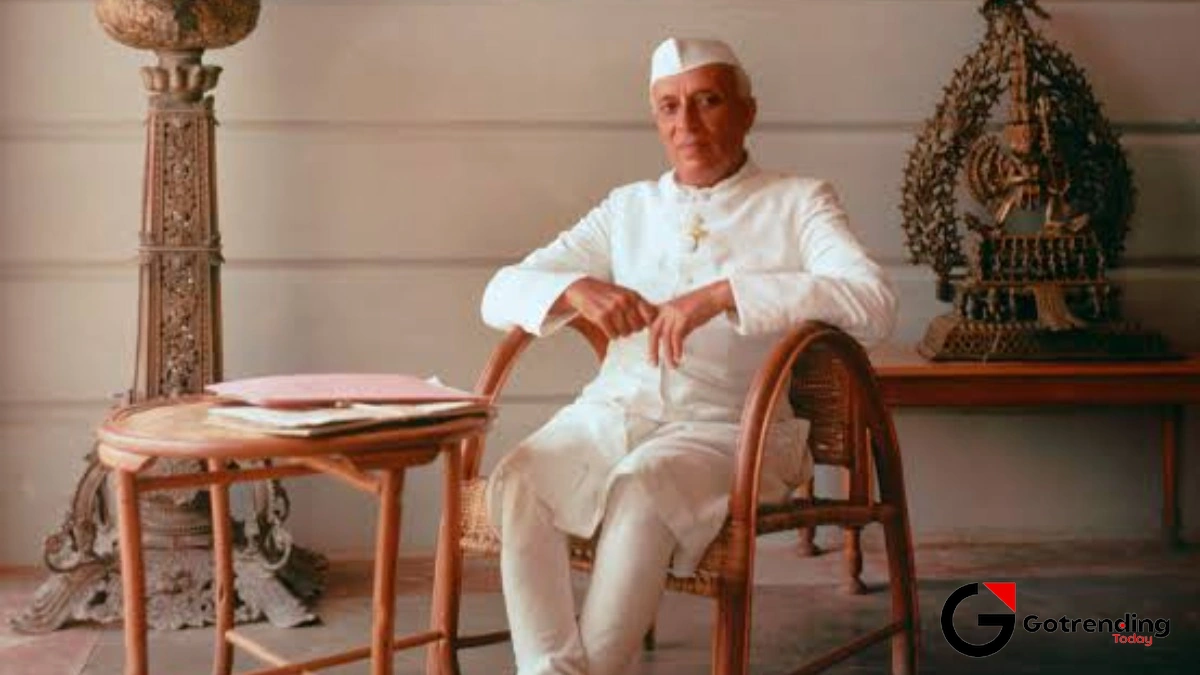
I want you to stop for a second and just try to imagine the sheer scale of the task he faced on August 15, 1947. He wasn’t just taking over a country; he was inheriting a blood-soaked map, a traumatised population, and an economy shattered by 200 years of colonial rule. The weight of that moment is almost inconceivable.
And then he stands up and delivers the ‘Tryst with Destiny’ speech. It’s pure poetry. No jingoism, no triumphalism. Just a humble, profound acknowledgment of the moment. “At the stroke of the midnight hour, when the world sleeps, India will awake to life and freedom.” Chills. Every single time. As thrilling as a great cricket match , that moment feels foundational.
From that moment on, his government went into a frenzy of institution-building. The IITs, the IIMs, the Atomic Energy Commission, the vast network of dams and steel plants he called the “temples of modern India.” He was obsessed with creating a strong, independent state that wouldn’t have to bow to anyone. This is the Nehru legacy that is undeniable. He laid the foundation. We can argue about the house that was built on it and we do, endlessly but the foundation itself? That was him.
He was India’s first Prime Minister , and that role forced him to be a pragmatist, often at odds with the poet inside. He had to integrate hundreds of princely states, deal with multiple wars, and navigate the treacherous waters of a world splitting into two Cold War camps.
The Great Global Balancing Act | Nehru’s Policies on the World Stage
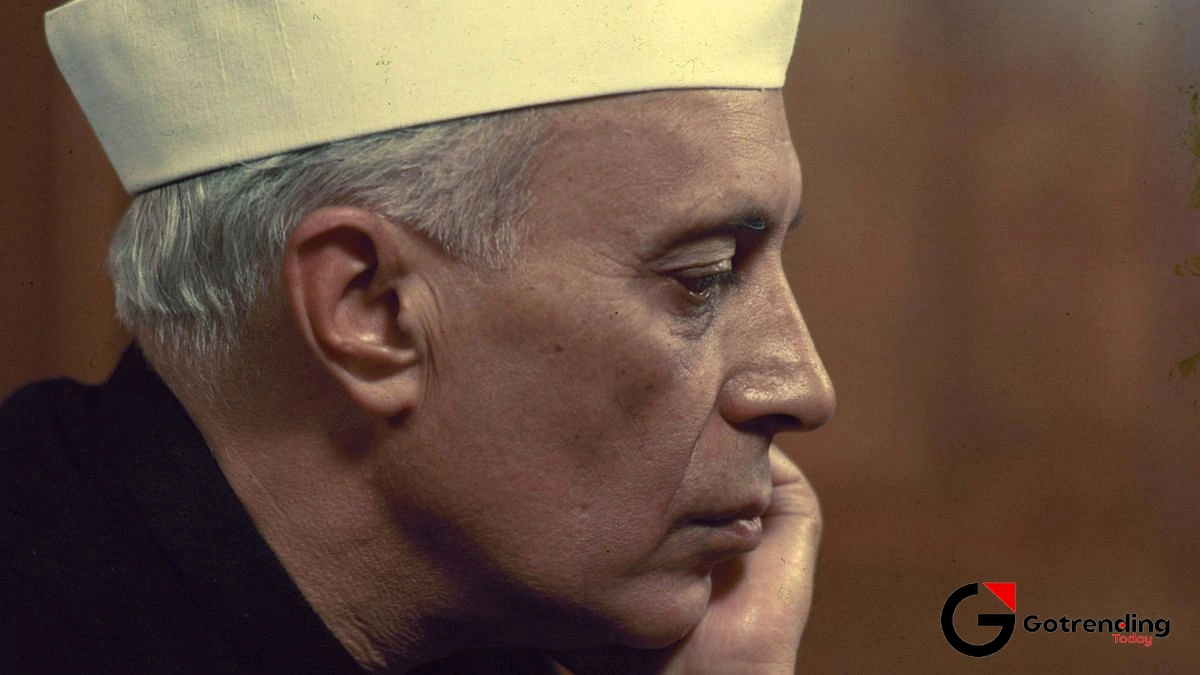
This brings us to one of his most debated ideas: the Non-Aligned Movement. In a world demanding you choose a side USA or USSR Nehru basically said, “No, thank you.” He envisioned a “third way,” where newly independent nations from Asia and Africa could chart their own course, free from the bullying of superpowers. It was an audacious, incredibly idealistic vision.
Was it successful? Yes and no. It gave India immense moral standing on the world stage for a time. Nehru was seen as a global statesman, a voice of reason. But it also, at times, left India isolated. The devastating 1962 war with China was a brutal wake-up call, shattering some of that idealism. Critics argue that his focus on non-alignment left our military unprepared. They have a point. It’s another one of those messy, complicated parts of his legacy that defies easy judgment.
Then there’s his economic policy, what’s often vaguely termed Nehruvian socialism . It was about state-led industrialisation and a mixed economy. The goal was noble: to prevent the concentration of wealth and build self-sufficiency. The reality was a mixed bag. It did create an industrial base, but it also led to inefficiency, corruption, and slow growth. I sometimes wonder what a man with so much love for personal freedom, as evidenced in his writings, would think about the bureaucratic chains the ‘License Raj’ created. It’s a paradox I can’t quite resolve. It feels almost as complex as trying to understand the latest PUBG Mobile update .
So, where does that leave us? With a man who is neither the saint of our old textbooks nor the devil of modern WhatsApp forwards. Jawaharlal Nehru was a product of his time, a brilliant, flawed, and indispensable figure who shaped the very idea of India. To read about his life and work, you can explore resources provided by the Prime Minister of India’s official website , which offers a historical perspective.
We still live in the scaffolding he erected. We argue about the direction of the country on the democratic and secular foundations he fought to secure. Perhaps the most enduring part of his legacy isn’t the dams or the factories, but the very fact that we are still able to argue about him so freely. And that, I think, is something he would have appreciated.
FAQs About Jawaharlal Nehru
Why is Nehru called ‘Chacha Nehru’?
This is a lovely one. The name “Chacha,” meaning uncle, came about because of his genuine affection for children. He saw them as the future builders of the nation and established institutions like the Children’s Film Society and Bal Bhavans. His birthday, November 14th, is celebrated as Children’s Day in India. It was a very real part of his public persona, a symbol of his hope for India’s future generations.
What was the ‘Tryst with Destiny’ speech?
It’s arguably one of the greatest speeches of the 20th century. Nehru delivered it to the Indian Constituent Assembly on the eve of India’s independence, just after midnight on August 15, 1947. It wasn’t a fiery, political speech but a poetic and philosophical reflection on the promise and responsibility of freedom after centuries of struggle. It set a profound and hopeful tone for the new nation.
Is it true Nehru’s policies made India poor?
This is a common and very contentious point. It’s not a simple yes or no. His policy of Nehruvian socialism focused on a state-controlled, heavy-industry model. While this built a strong industrial base and made India self-reliant in some sectors, it also led to the “License Raj” a system of complex regulations and permits that stifled private business and slowed down economic growth for decades. So while it didn’t “make” India poor (it was already impoverished), many economists argue it prevented India from getting richer faster.
What is the Non-Aligned Movement?
Think of it as India’s foreign policy doctrine during the Cold War. The world was split into two camps: the USA and the Soviet Union. Jawaharlal Nehru , along with leaders from other newly independent countries, created the Non-Aligned Movement (NAM) as a third option. The idea was to not formally align with or against any major power bloc, allowing India to maintain its independence and sovereignty in foreign affairs. It was a bold and influential idea, though its effectiveness is still debated today.
